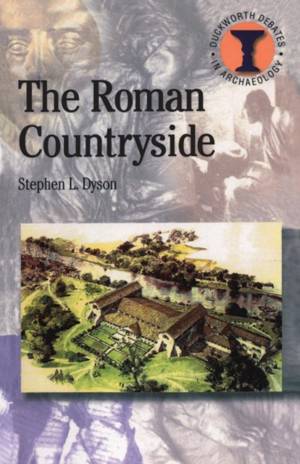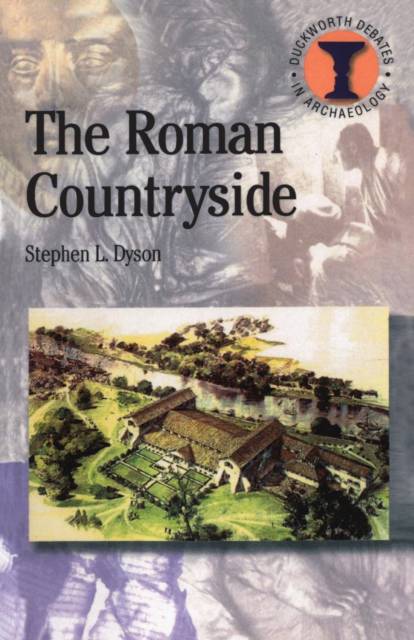
- Afhalen na 1 uur in een winkel met voorraad
- Gratis thuislevering in België vanaf € 30
- Ruim aanbod met 7 miljoen producten
- Afhalen na 1 uur in een winkel met voorraad
- Gratis thuislevering in België vanaf € 30
- Ruim aanbod met 7 miljoen producten
Zoeken
Omschrijving
In this work, Stephen Dyson provides a new synthesis, describing current research on the Roman countryside within a topological rather than a geographical or historical framework. He first examines the Roman villa, looking at changing interpretations of the villa and the ways they have been shaped both by new information and evolving interpretative models, relating the survey-settlement evidence to larger questions of landscape use and landscape transformation during the Roman period. Focusing on areas where some of the most innovative rural research has been conducted - Italy, North Africa, Spain and France - he discusses what happened in rural areas in the period of transition between the end of Antiquity and the emergence of medieval society, showing that the period of transition was much longer than previously thought and that there was tremendous variation not only between one part of the Empire and another, but between micro-regions within a single province.
Specificaties
Betrokkenen
- Auteur(s):
- Uitgeverij:
Inhoud
- Aantal bladzijden:
- 160
- Taal:
- Engels
- Reeks:
Eigenschappen
- Productcode (EAN):
- 9780715632253
- Verschijningsdatum:
- 21/08/2003
- Uitvoering:
- Paperback
- Formaat:
- Trade paperback (VS)
- Afmetingen:
- 140 mm x 221 mm
- Gewicht:
- 172 g

Alleen bij Standaard Boekhandel
+ 104 punten op je klantenkaart van Standaard Boekhandel
Beoordelingen
We publiceren alleen reviews die voldoen aan de voorwaarden voor reviews. Bekijk onze voorwaarden voor reviews.








